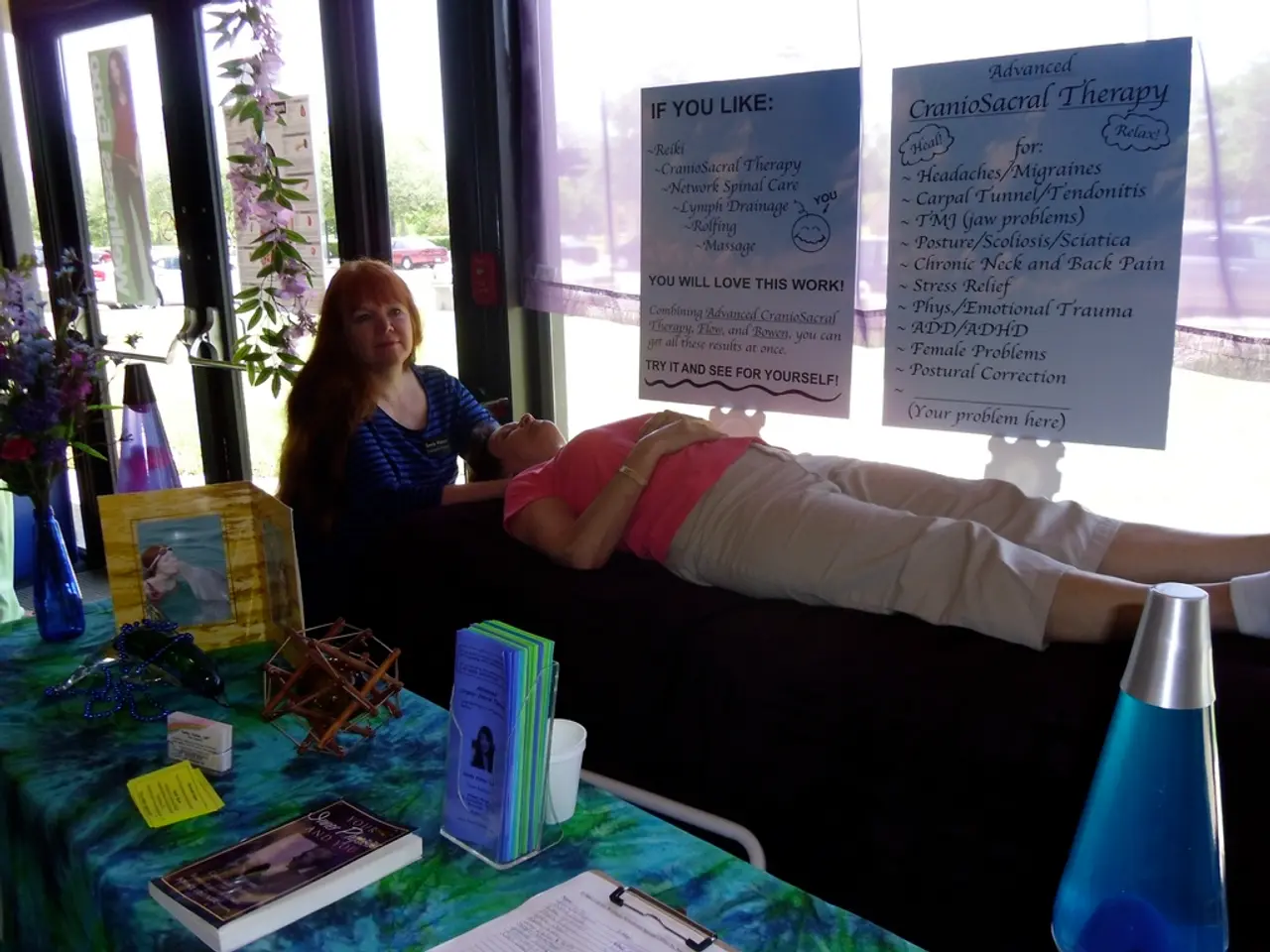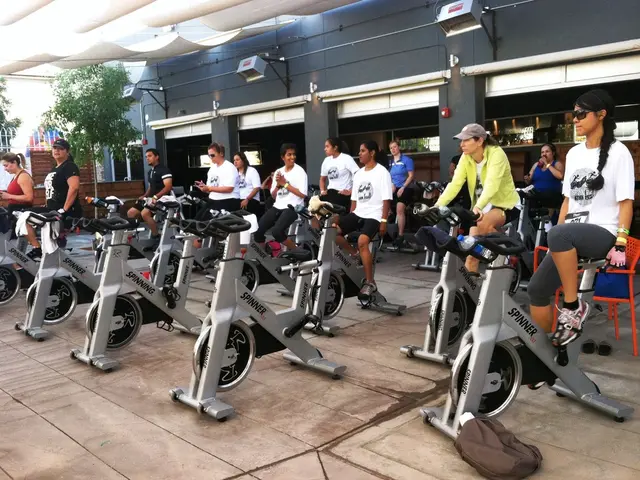Alleviate and enhance mobility in the lower back at home with these seven science-supported stretches
The McKenzie Method, developed by New Zealand physiotherapist Robin McKenzie in 1981, offers a globally recognised treatment for back, neck, and limb pain. This method is effective for managing lower-back pain at home, providing a safe and accessible approach to spinal health.
This method relies on repeated movements and personalised exercises to reduce pain through the principle of centralization, where pain moves from the leg or buttock towards the spine, signalling improvement. The McKenzie Method emphasises self-treatment, allowing patients to manage symptoms independently without relying on passive therapies.
Key Benefits of the McKenzie Method
- Pain Relief Through Movement: Targeted movements can centralize and reduce symptoms, addressing the root mechanical causes of pain.
- Personalised Exercises: After assessment, patients learn tailored exercises that suit their directional preference, promoting safe home exercise.
- Self-Empowerment and Independence: Patients gain knowledge to manage and prevent future episodes of pain by understanding their own body’s response and movement triggers.
- Postural Correction: Improved alignment and reduced disc and joint stress are achieved by encouraging proper posture and movement habits.
- No Need for Imaging: Often effective without requiring X-rays or MRIs, making it accessible and less invasive.
- Time and Accessibility: Exercises require minimal time and no special equipment, making them easy to incorporate into daily routines at home.
- Injury Prevention: Enhanced body awareness helps to avoid painful positions or movements, reducing the risk of flare-ups or chronic problems.
The McKenzie Method Exercises
The seven McKenzie Method exercises are designed to be performed in sequence. Here's a brief overview of each exercise:
- Spinal Relaxation: A 2-3 minute long exercise where one lies on their front on the floor, arms by their sides and head turned to one side, releasing tension from the lower back, hips, and legs, and breathing deeply and slowly.
- Prone Extension: A 2-3 minute long exercise where one props oneself up on their forearms, elbows under the shoulders, to extend the lower spine.
- Prone Extension with Straight Arms: A series of 10 repetitions where one moves both hands to under the shoulders, presses through the palms to lift the chest, straightening the arms, letting the hips sink into the floor while keeping the lower-body relaxed, holding then lowering and repeating, gradually increasing the stretch each time.
- Extension from Standing: A series of 10 repetitions where one stands with feet hip-width apart, hands on their lower back, just above their buttocks, gently arching backwards at the waist, holding the position for one to two seconds, then returning to standing, aiming to gradually increase the stretch.
- Flexion from Standing: A flexion exercise that promotes flexion through the spine.
- Seventh Exercise (Flexion from Standing): Each repetition of this exercise should be performed 10 times. It involves standing with feet hip-width apart, arms by your sides, and folding down from your waist to reach towards your ankles or the floor between your feet.
- Session End: The session can end with lying on your back with a rolled up towel under your lower back to help maintain the spine's natural curvature.
Important Considerations
- Understanding that movement is safe and that rehabilitation can alleviate pain is crucial for the patient's recovery and mental well-being.
- Each stretch in the sequence gradually prepares the body for the next.
- If you have a facet joint-related issue, flexion exercises such as the supine flexion stretch or lateral movements may be more beneficial.
- It's best to work with a certified physical therapist and MDT practitioner to assess individual needs and tailor the exercises.
- Only progress to the seventh exercise if you can tolerate exercise six consistently for at least two weeks.
- The McKenzie Method depends on a collaborative approach between physician and therapist, where both parties are working together to help the patient regain full, pain-free motion and prevent future issues.
Speak to your doctor or healthcare advisor before embarking on the MDT exercises if you have persistent or severe back pain. With proper initial guidance, the McKenzie Method provides a safe, evidence-based approach that not only addresses lower back pain symptoms but also teaches long-term strategies for spinal health and function, all manageable from home.






